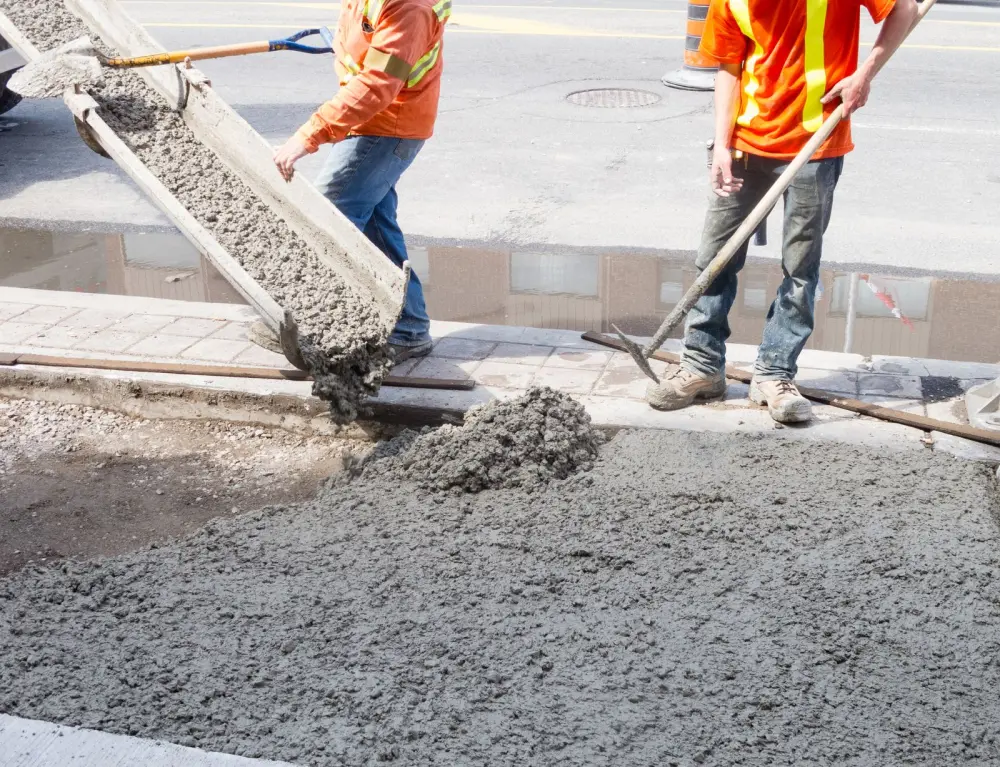Researchers Develop Novel Cement from Discarded Clay with Low Carbon Footprint
Cement use is set to rise as global urbanization and economic development increases demand for new buildings and infrastructure. The cement industry is one of the most polluting in the world, contributing around 8 percent of the total global carbon emissions. Aiming to reduce this environmental impact, researchers have developed a novel cement from discarded clay that has a low carbon footprint.
Researchers at the Martin Luther University Halle- Wittenberg (MLU) in Germany and the Brazilian University of Pará have developed a climate-friendly alternative to conventional cement.
Carbon emissions can be reduced during production by up to two-thirds when a previously unused overburden from bauxite mining is used as a raw material. The results were published in Sustainable Materials and Technologies.
They made use of waste material from bauxite mining as a raw material to create a new cement, which was found to be just as stable as the traditional Portland cement. In the process, a large portion of the limestone is replaced by bauxite.

Image: Tech Explorist
However, bauxite is a necessary raw material in aluminum production and not available in unlimited quantities so the little sought-after Belterra clay was used instead. As Belterra clay has to be removed anyway during Bauxite mining, its extraction is not carried out only for cement production.
Professor Herbert Pöllmann from MLU’s Institute of Geosciences and Geography, said;
This layer of clay can be up to 30 m (98 ft) thick and covers the bauxite deposits in the tropical regions of the earth, for example in the Amazon basin. It contains enough minerals with an aluminum content to ensure good quality cement. It is also available in large quantities and can be processed without additional treatment.
Another advantage of this process is that the burning process only requires 1,250 degrees Celsius – 200 degrees Celsius, which is less than for Portland cement.
Pollmann also added that raw materials containing clay minerals with a lower aluminum content could be used specifically for construction projects where lower-grade concrete can be used.
If this newly developed cement substitute could potentially replace the traditional material, it could help reduce carbon emissions significantly.


